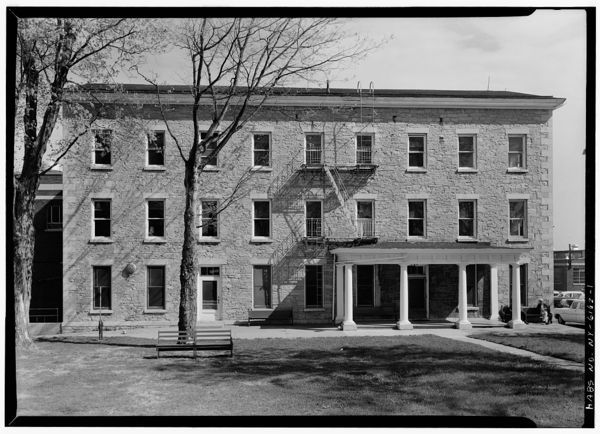Difference between revisions of "Portal:Featured Image Of The Week"
From Asylum Projects
M-Explorer (talk | contribs) |
M-Explorer (talk | contribs) |
||
| (22 intermediate revisions by the same user not shown) | |||
| Line 1: | Line 1: | ||
{{FIformat | {{FIformat | ||
| − | |Image= | + | |Image= 120915pv.jpg |
|Width= 600px | |Width= 600px | ||
| − | |Body= [[ | + | |Body= By 1900, [[Onondaga County Poor House|the Poor House, now known as County Home]], no longer had to care for the blind, those with mental illness or for children. But it faced a growing number of occupants, especially as Syracuse's population soared toward 20,000. And there were always sick, frail and even pregnant residents. Various rooms were designated over time as infirmary wards but always proved deficient. Pressed by local physicians and the state, the country finally relented and erected a 60-bed hospital for the site in 1900. It marked a key transformation in the history of "The Home" and of local public care for the indigent. |
}} | }} | ||
Revision as of 04:53, 20 September 2020
Featured Image Of The Week
By 1900, the Poor House, now known as County Home, no longer had to care for the blind, those with mental illness or for children. But it faced a growing number of occupants, especially as Syracuse's population soared toward 20,000. And there were always sick, frail and even pregnant residents. Various rooms were designated over time as infirmary wards but always proved deficient. Pressed by local physicians and the state, the country finally relented and erected a 60-bed hospital for the site in 1900. It marked a key transformation in the history of "The Home" and of local public care for the indigent.
